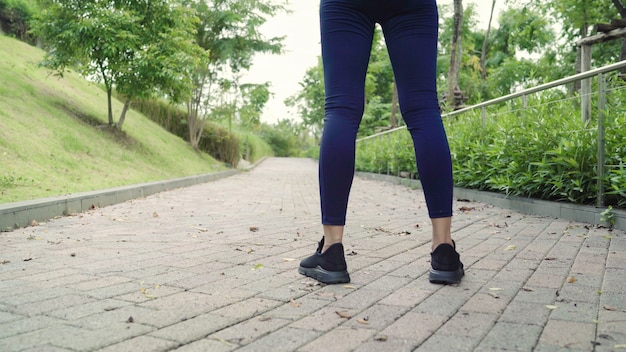In today’s fast-paced world, finding time for self-care can feel impossible. Yet, small, consistent habits can make a big difference—especially when it comes to balance training and thyroid support. The good news? You don’t need hours each day. Just 25 minutes of focused, evidence-based movement and mindfulness can improve your physical stability, energy levels, and hormonal health.
Balance training isn’t just for athletes or older adults. It’s a foundational element of functional fitness that supports coordination, posture, and nervous system regulation. For individuals with thyroid concerns—such as hypothyroidism or Hashimoto’s—low energy, muscle weakness, and joint stiffness are common. These symptoms can affect stability and increase fall risk, even in younger adults.
Research shows that gentle, regular balance exercises help improve neuromuscular control and reduce fatigue-related instability. When combined with mindful breathing and low-impact movement, these routines also support the hypothalamic-pituitary-thyroid (HPT) axis, which regulates hormone production.

This simple, science-backed routine is designed to be done daily, requiring no equipment and minimal space. Each section takes 5 minutes, totaling just 25 minutes.
Begin seated or standing with good posture. Thyroid health is closely linked to neck alignment and circulation. Gently tilt your head side to side, forward and back—each movement slow and controlled. Pair this with diaphragmatic breathing: inhale for 4 counts, hold for 2, exhale for 6. This activates the parasympathetic nervous system, reducing stress hormones that can disrupt thyroid function.
Stand near a wall or chair for support. Lift one foot slightly off the ground and balance on the other leg for 30 seconds. Switch sides. Repeat 3 times per leg. As you improve, try closing your eyes (only if safe) to challenge your vestibular system. This simple exercise strengthens stabilizing muscles and improves proprioception—your body’s awareness in space.
Walk in a straight line, placing the heel of one foot directly in front of the toes of the other. Take 10–15 steps forward, then turn and repeat. This mimics a sobriety test for a reason—it’s excellent for coordination and cerebellar function. Move slowly and focus on posture. This low-impact activity increases blood flow to the lower limbs and supports metabolic health, which is often impaired in thyroid disorders.

Tai Chi has been shown in studies to improve balance, reduce inflammation, and support endocrine function. Try the "Wave Hands Like Clouds" movement: shift weight gently from one foot to the other while moving your arms side to side in a flowing motion. Keep movements slow and synchronized with breath. This promotes joint mobility and calm focus—ideal for those managing fatigue or anxiety related to thyroid conditions.
Sit on the floor or a chair. Gently twist your torso to one side, holding for 20–30 seconds, then switch. Focus on long, complete exhalations. Twisting stimulates the lymphatic system and digestive organs, both of which play roles in hormone metabolism and detoxification. This is especially supportive for individuals with sluggish metabolism due to low thyroid activity.
A 2020 study published in Complementary Therapies in Medicine found that 12 weeks of balance and mindfulness training significantly improved quality of life and reduced fatigue in hypothyroid patients. Another study in Journal of Endocrinological Investigation noted that gentle physical activity helps modulate TSH levels and improve insulin sensitivity—key factors in thyroid management.
By integrating balance training into your daily routine, you’re not just improving stability—you’re supporting your body’s ability to regulate hormones, reduce inflammation, and maintain energy.
You don’t need a six-hour morning routine to feel better. Just 25 minutes a day of intentional balance training can yield meaningful improvements in physical stability, mental clarity, and thyroid health. Start small, stay consistent, and let your body respond naturally.
Listen to your body, adjust as needed, and celebrate progress—not perfection.

Wellness

Wellness

Wellness

Wellness

Wellness

Wellness

Wellness

Wellness

Wellness

Wellness

Fitness

Fitness

Health

Fitness

Health

Health